Home>Others>Specialized Home Improvement Topics>Why Do I Have Condensation On The Inside Of My Car Windows
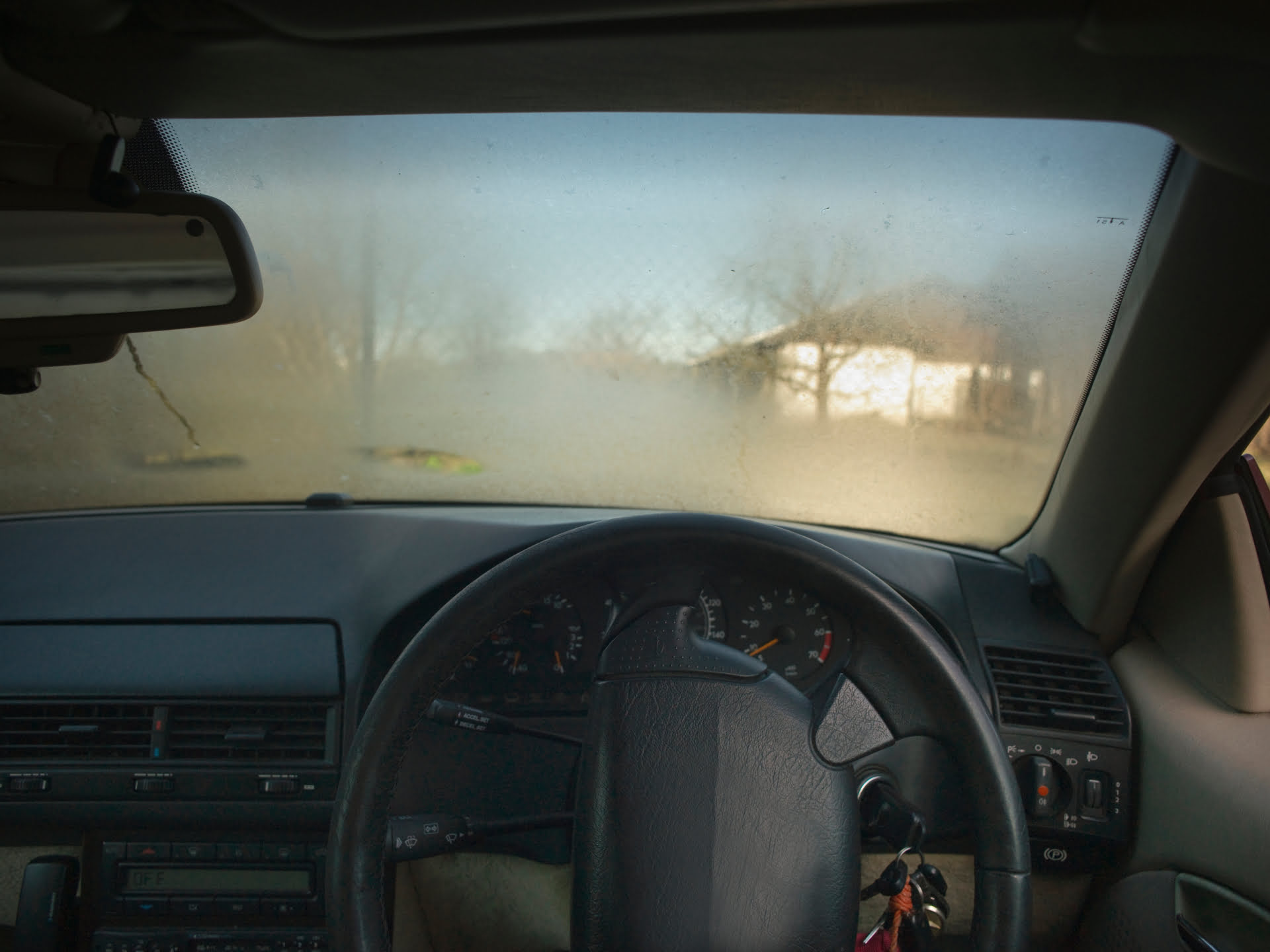

Specialized Home Improvement Topics
Why Do I Have Condensation On The Inside Of My Car Windows
Published: January 8, 2024
Learn why your car windows get condensation and how to prevent it. Get expert advice on specialized home improvement topics.
(Many of the links in this article redirect to a specific reviewed product. Your purchase of these products through affiliate links helps to generate commission for Storables.com, at no extra cost. Learn more)
**
Introduction
**
Have you ever wondered why your car windows fog up on the inside? It can be a frustrating and potentially hazardous issue, especially when it obstructs your vision while driving. Condensation on the inside of car windows is a common occurrence, and understanding its causes and prevention methods is crucial for maintaining a clear and safe driving experience.
In this comprehensive guide, we will delve into the science behind condensation, explore the factors that contribute to its formation inside car windows, and provide practical tips to prevent and manage this phenomenon. Whether you're a seasoned driver or a new car owner, this article will equip you with the knowledge to tackle condensation effectively, ensuring that your driving visibility remains optimal in various weather conditions.
Let's embark on a journey to uncover the mysteries of condensation inside car windows and discover the strategies to keep your windows clear and your driving experience enjoyable.
**
Key Takeaways:
- Condensation on car windows happens when warm, moist air inside meets the cooler glass surface. It’s more common in winter and humid conditions, but can be managed by regulating temperature and ventilation.
- To prevent window fogging, maintain consistent interior temperature, use defoggers, ensure good ventilation, and manage interior humidity. Stay informed about weather conditions and use anti-fogging products for clear visibility.
Understanding Condensation
**
Condensation is the process by which water vapor in the air transforms into liquid water when it comes into contact with a surface that is cooler than the dew point of the surrounding air. In the context of car windows, condensation occurs when the warm, moisture-laden air inside the vehicle comes into contact with the cooler surface of the windows, causing the water vapor to condense into tiny droplets.
During colder months, the temperature contrast between the interior of the car and the external environment is more pronounced, making condensation more prevalent. This phenomenon is particularly noticeable during the winter, when the interior of the car is heated, creating a stark contrast with the chilly outdoor air.
Understanding the science of condensation is essential for addressing this issue effectively. By comprehending the factors that contribute to condensation inside car windows, you can implement targeted strategies to minimize its occurrence and mitigate its impact on visibility and comfort.
Now that we have unraveled the fundamental principles of condensation, let’s explore the specific causes that lead to this phenomenon within the confines of a vehicle.
**
Causes of Condensation Inside Car Windows
**
Several factors contribute to the formation of condensation inside car windows, ranging from environmental conditions to human activities. Understanding these causes is pivotal in devising effective preventive measures. Let’s delve into the primary culprits:
-
Temperature Variations: Fluctuations in temperature between the interior of the car and the external environment play a significant role in condensation. When warm, moisture-laden air inside the vehicle encounters the cooler surface of the windows, condensation occurs. This temperature disparity is most pronounced during the winter months but can also occur in humid conditions regardless of the season.
-
Humidity Levels: High humidity levels inside the car can exacerbate condensation. Activities such as breathing, perspiring, or transporting wet items into the vehicle can elevate the moisture content in the air, increasing the likelihood of condensation on the windows.
-
Weather Conditions: External weather conditions, such as rain, snow, or high humidity, can impact the prevalence of condensation inside the car. These weather patterns contribute to elevated moisture levels in the air, which, when combined with temperature differentials, create ideal conditions for condensation.
-
Inadequate Ventilation: Limited airflow within the vehicle can impede the dissipation of moisture, exacerbating the likelihood of condensation. Inadequate ventilation restricts the exchange of interior and exterior air, allowing moisture to accumulate and contribute to window fogging.
-
Air Quality: Poor air quality within the vehicle, often stemming from smoking, can introduce additional particles and moisture into the air, potentially exacerbating condensation issues.
By recognizing these root causes, drivers can proactively address the conditions that lead to condensation, mitigating its impact and ensuring clear visibility and comfort during their journeys. Now, let’s explore actionable strategies to prevent condensation and maintain optimal visibility inside your car.
**
To reduce condensation on the inside of your car windows, try using a moisture-absorbing product like silica gel or a dehumidifier. Also, make sure to keep your car well-ventilated to prevent moisture buildup.
How to Prevent Condensation Inside Car Windows
**
Preventing condensation inside car windows involves a combination of proactive measures and mindful habits. By addressing the underlying causes and implementing practical strategies, you can effectively minimize the occurrence of condensation and maintain clear visibility. Let’s explore actionable steps to prevent and manage condensation:
-
Regulate Interior Temperature: Maintaining a consistent interior temperature can help reduce the contrast between the warm, moisture-laden air inside the car and the cooler window surfaces. Utilize your vehicle’s heating and cooling systems to achieve a moderate and balanced temperature.
-
Use Defoggers and Air Conditioning: Activating the defogger and air conditioning systems can help regulate the interior climate, reducing excess moisture and preventing condensation on the windows.
-
Ensure Adequate Ventilation: Proper ventilation is crucial in minimizing moisture buildup inside the car. Regularly open windows or utilize the vehicle’s ventilation system to promote air circulation and reduce humidity levels.
-
Manage Interior Humidity: Limit activities that contribute to elevated humidity levels, such as transporting wet items or allowing damp clothing to remain in the vehicle. Additionally, consider using moisture-absorbing products, such as desiccants, to mitigate excess moisture.
-
Regular Maintenance: Keep the interior of your car clean and dry to prevent the accumulation of moisture. Address any water leaks or spills promptly to minimize the potential for condensation.
-
Utilize Anti-Fogging Products: Apply anti-fogging treatments or products specifically designed for car windows to create a hydrophobic barrier, reducing the likelihood of condensation and enhancing visibility.
-
Monitor Weather Conditions: Stay informed about external weather patterns and adjust your preventive measures accordingly. Be mindful of high-humidity or rainy conditions, and take proactive steps to counteract potential condensation.
By integrating these preventive strategies into your car maintenance routine and driving habits, you can effectively minimize condensation and ensure optimal visibility and comfort while on the road. With a proactive approach and a keen understanding of the factors contributing to condensation, you can navigate various weather conditions with confidence and clarity.
**
Conclusion
**
Condensation on the inside of car windows is a common occurrence influenced by a combination of environmental factors and human activities. By understanding the science behind condensation and recognizing its root causes, drivers can implement targeted strategies to prevent and manage this phenomenon effectively. From regulating interior temperature to promoting adequate ventilation, a proactive approach to condensation prevention is essential for maintaining clear visibility and a comfortable driving experience.
As you embark on your journey to combat condensation inside car windows, remember that a harmonious balance of temperature control, moisture management, and proactive maintenance is key to minimizing the impact of condensation. By integrating these preventive measures into your driving routine, you can navigate various weather conditions with confidence and clarity, ensuring that condensation does not hinder your visibility or compromise safety.
Ultimately, by staying informed about the causes of condensation and implementing practical strategies to prevent its occurrence, you can enjoy a clear and unobstructed view through your car windows, enhancing both your driving comfort and safety. With these insights and proactive measures at your disposal, you are well-equipped to combat condensation and maintain optimal visibility during your travels.
So, the next time you encounter the telltale signs of condensation on your car windows, rest assured that you possess the knowledge and tools to address this common issue effectively. With a clear view ahead, you can confidently navigate the roads, regardless of the weather conditions, ensuring a safe and enjoyable driving experience.
Frequently Asked Questions about Why Do I Have Condensation On The Inside Of My Car Windows
Was this page helpful?
At Storables.com, we guarantee accurate and reliable information. Our content, validated by Expert Board Contributors, is crafted following stringent Editorial Policies. We're committed to providing you with well-researched, expert-backed insights for all your informational needs.
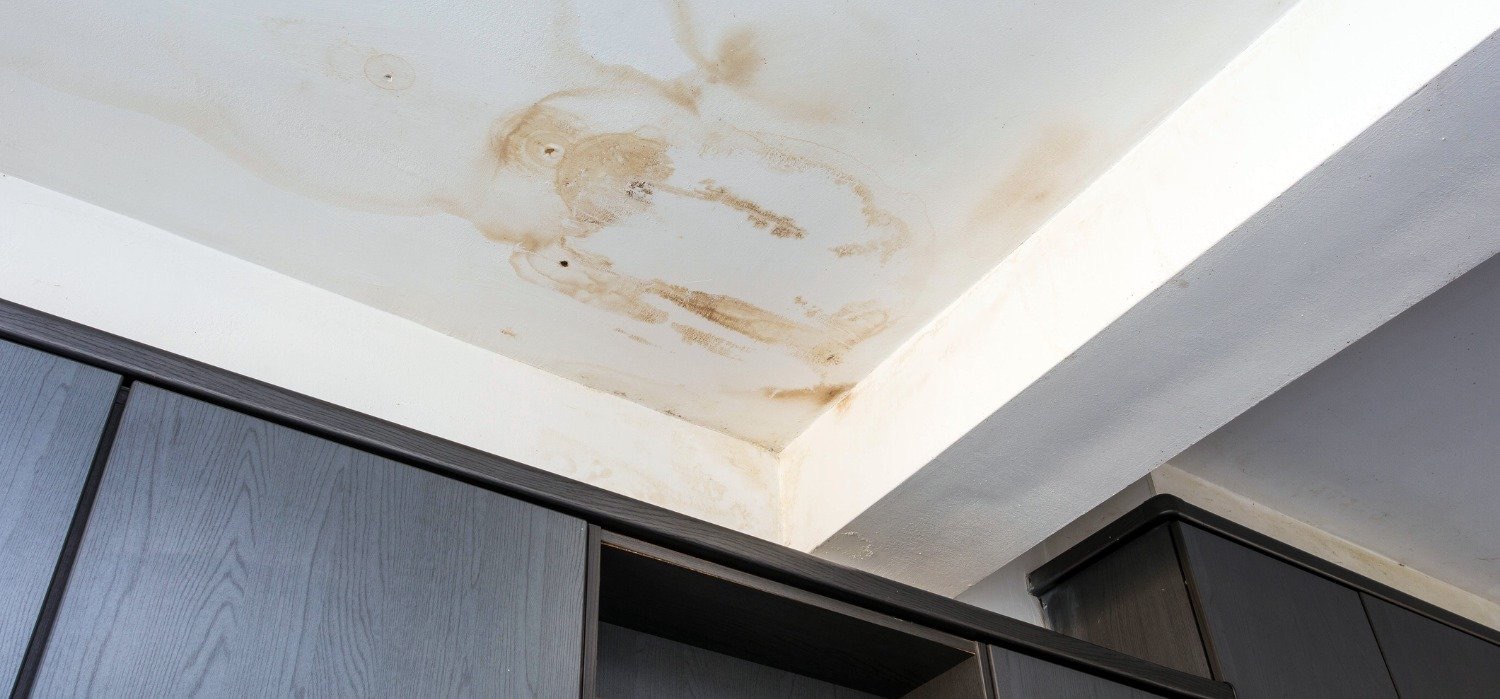


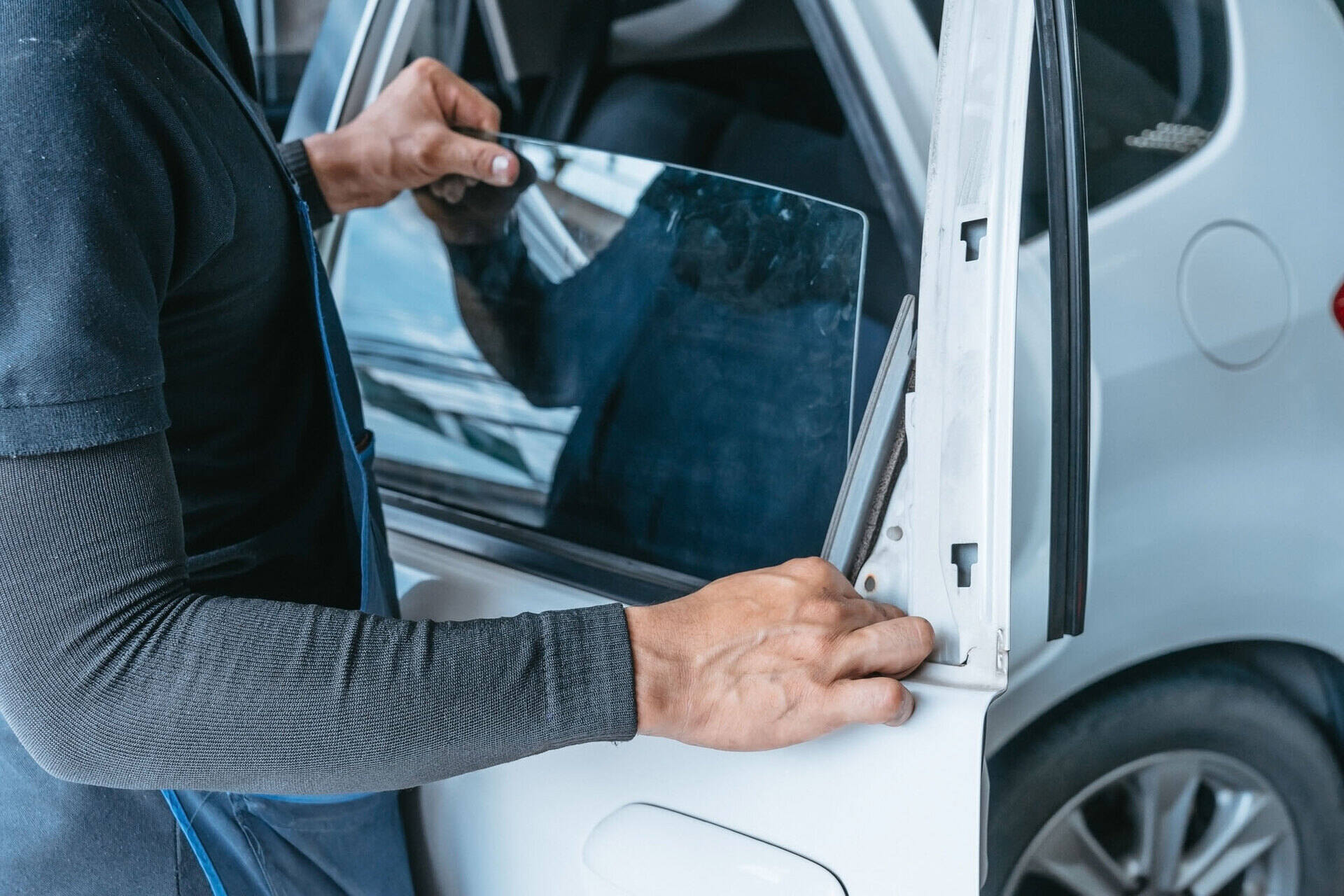
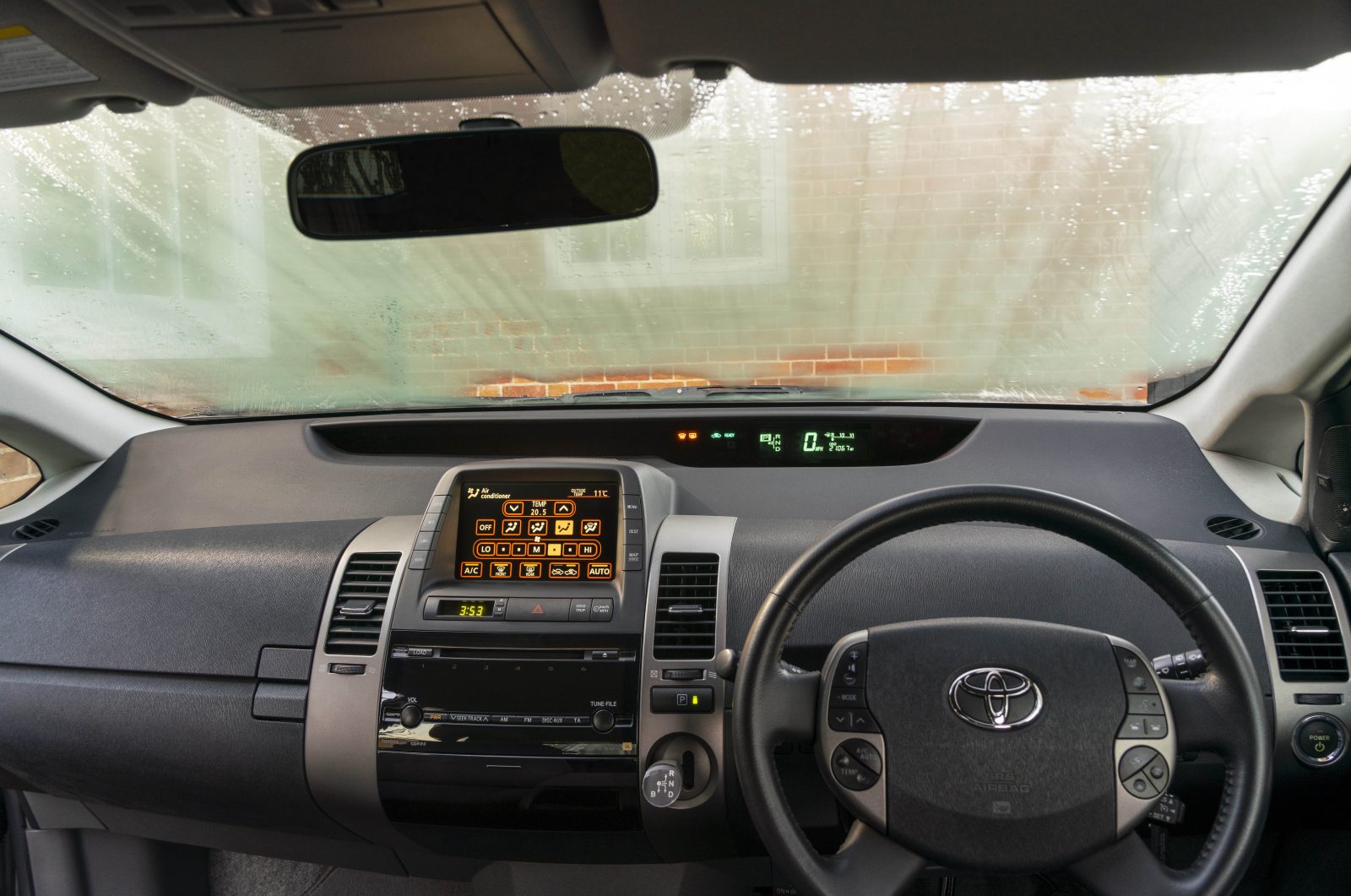
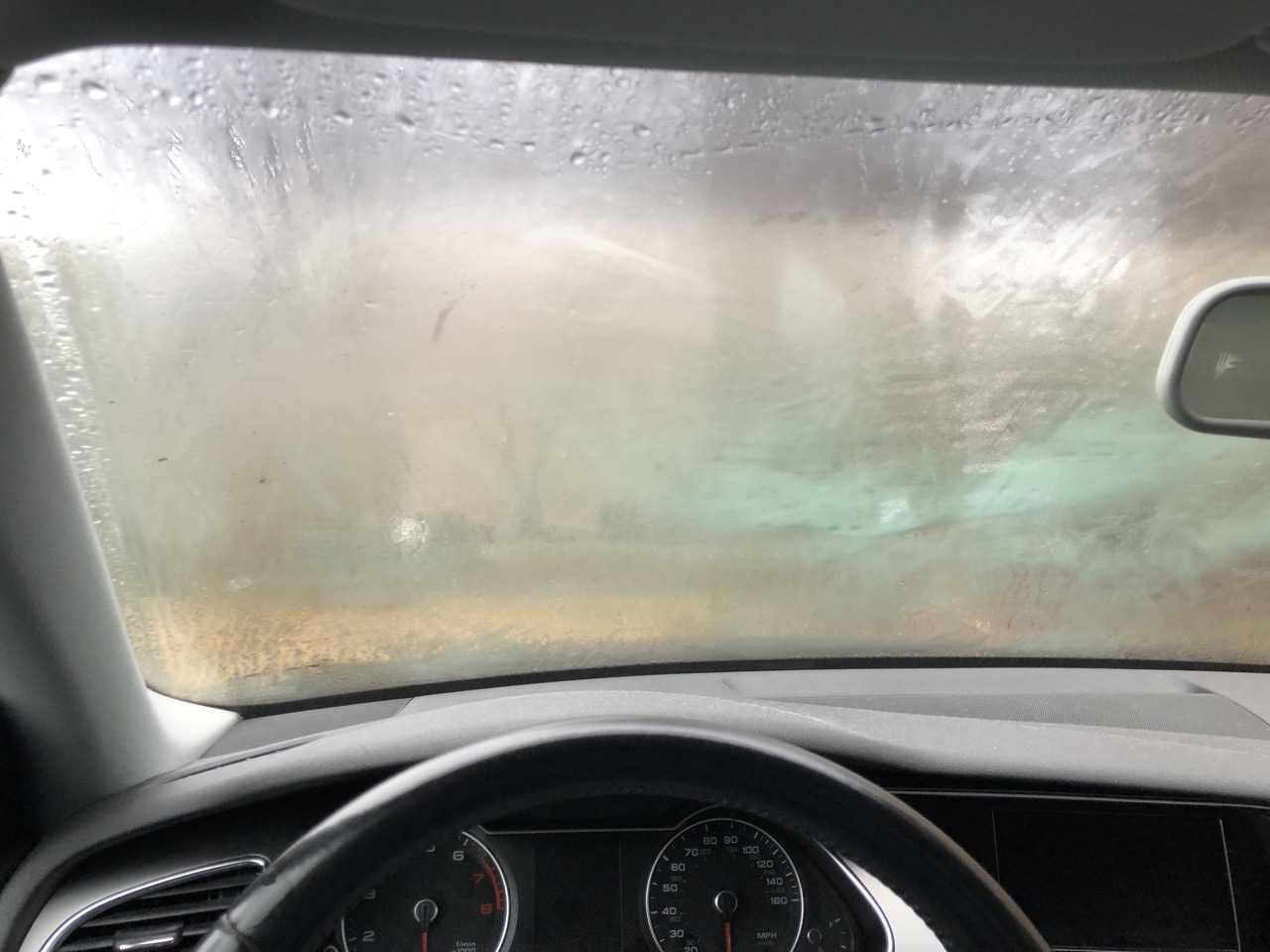
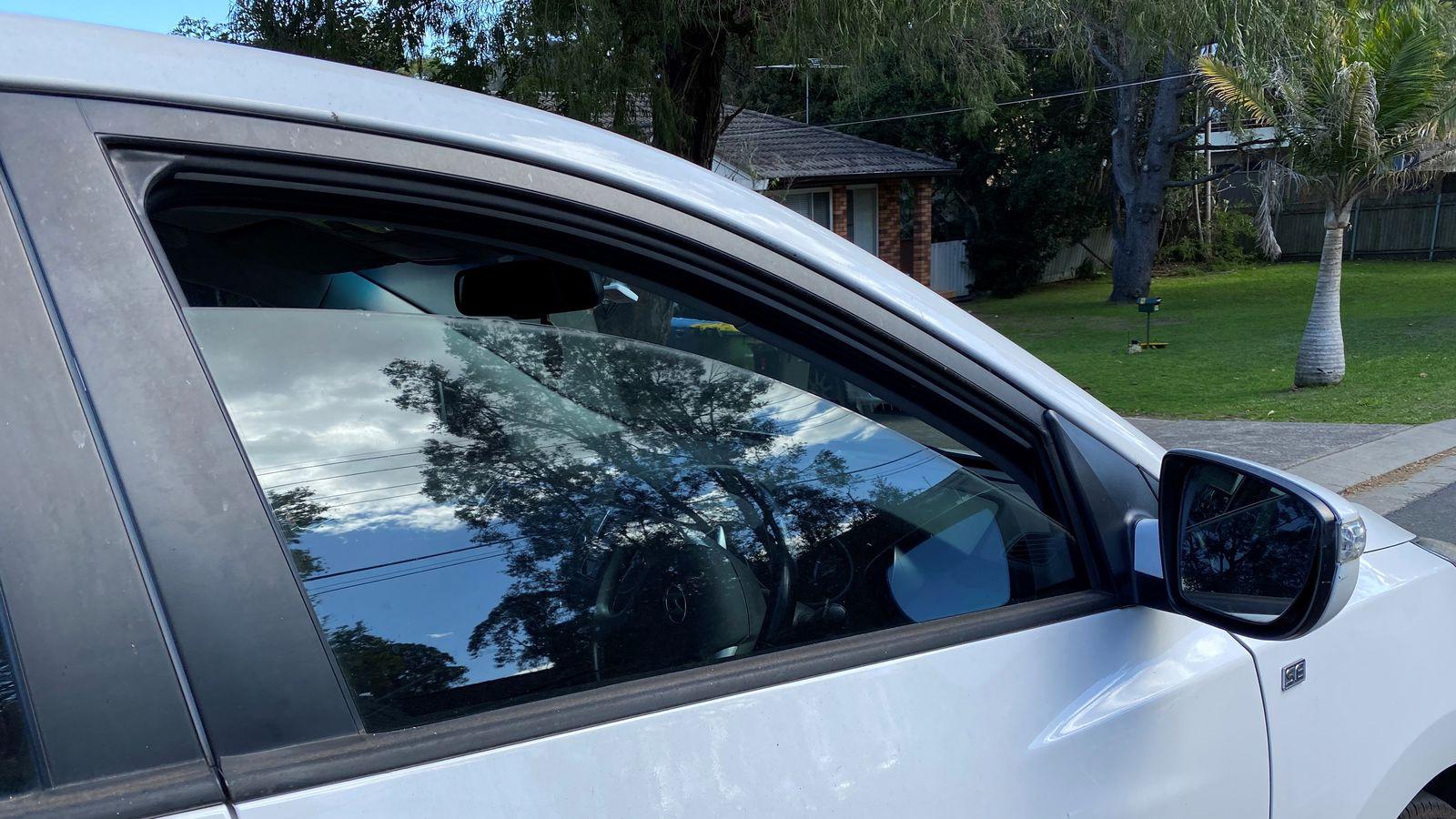



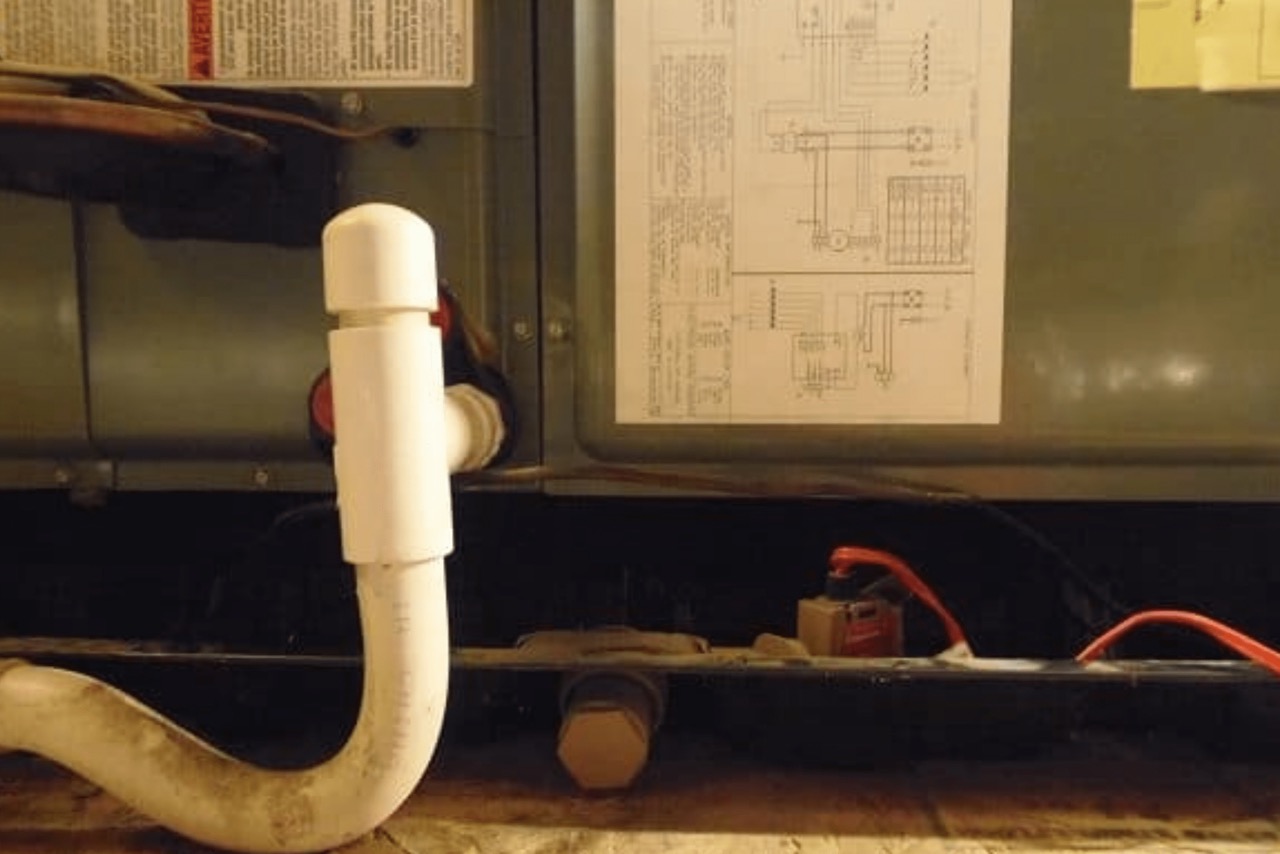
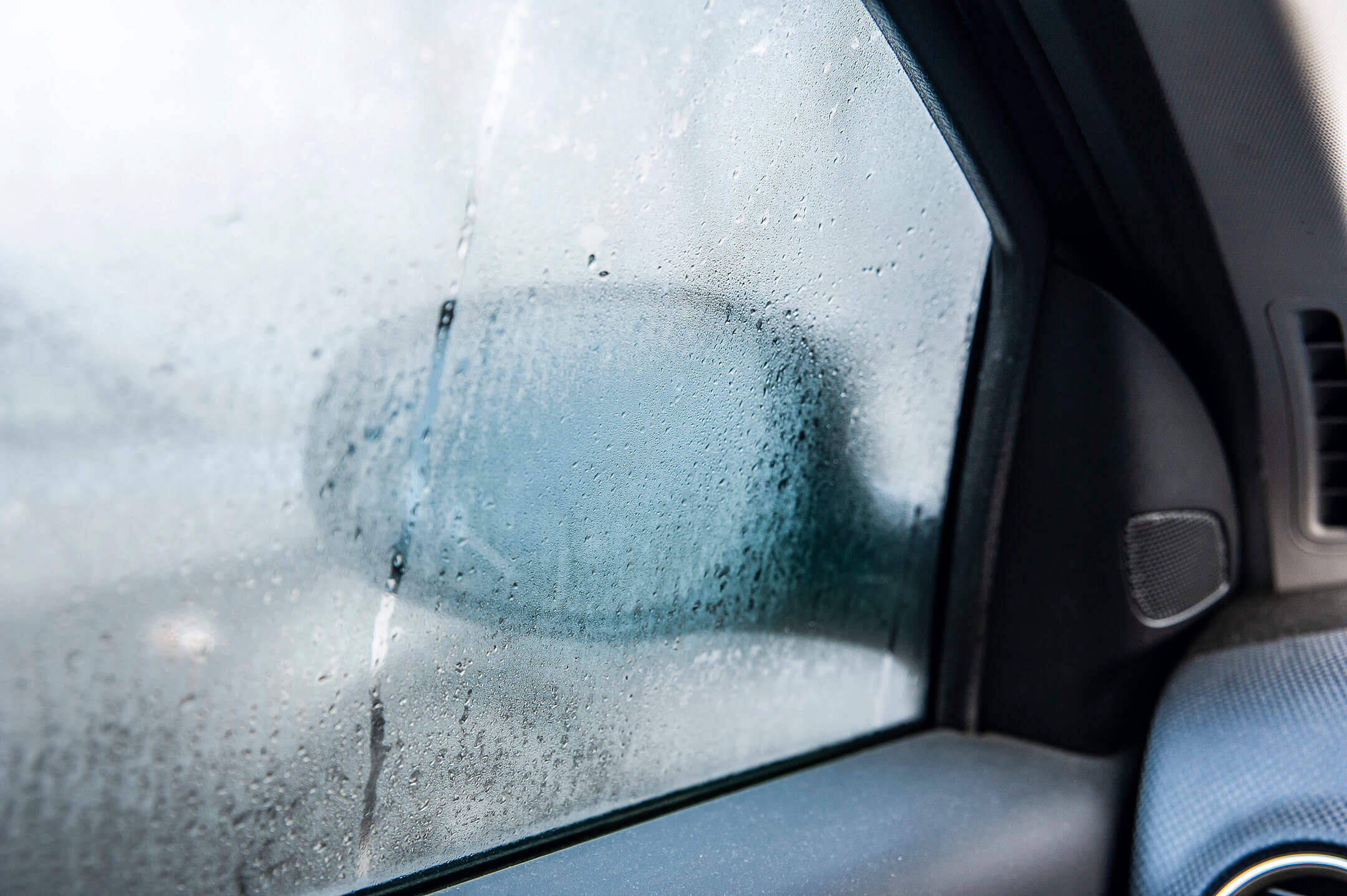
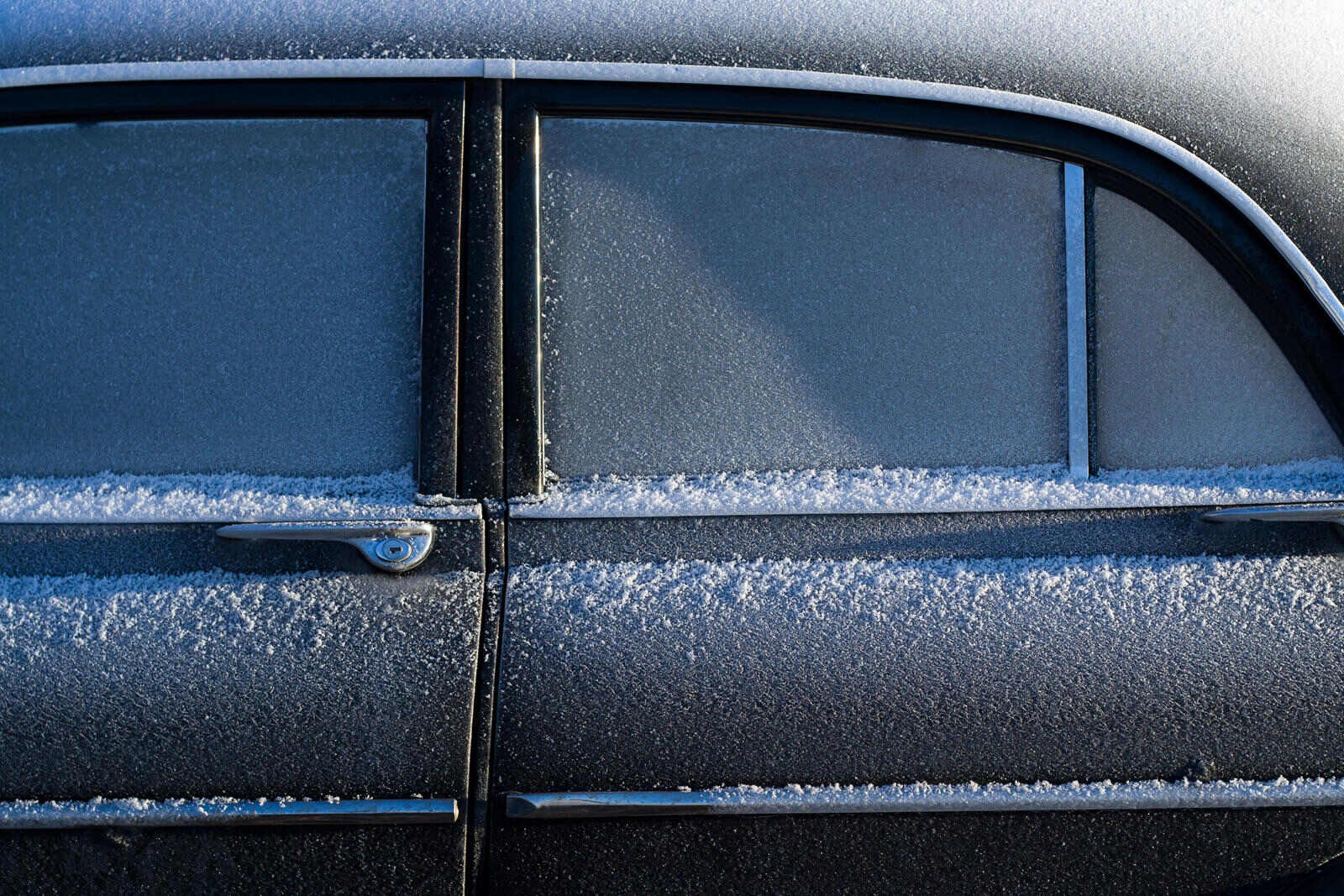



0 thoughts on “Why Do I Have Condensation On The Inside Of My Car Windows”